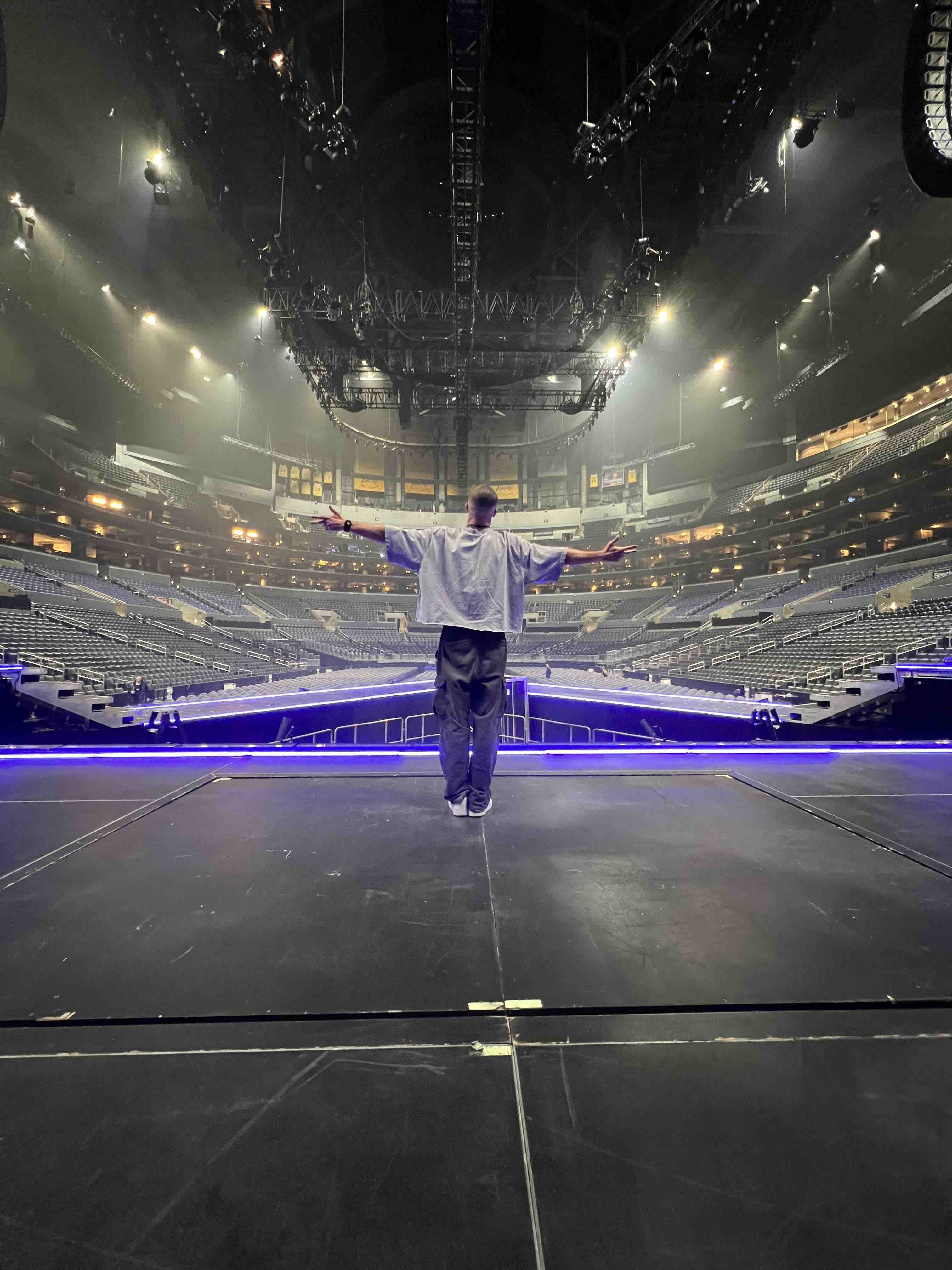
When I first moved to LA, I didn’t realize just how many dance opportunities the American TV and film industry had to offer. Coming from Poland, where these avenues are much smaller, my idea of dance on screen stopped at “So You Think You Can Dance,” and “Dancing With The Stars.” I may have done an occasional award show with a singer or a dance job on X Factor (remember that one?!), but other than that my experience has mainly been performing for a live audience – on tours, in concerts, music festivals, etc.
I’ve always known that versatility is great for a professional dancer, but my definition of versatility at the time was simply: “How many dance styles can I execute well?” Starting to audition for jobs in Hollywood opened up a new world of opportunity, but it required a new skill set as well. The versatility problem became larger. The expertise in multiple dance styles wasn’t enough anymore. Staying consistently hired meant working both on and off screen. It required versatile performance skills and approaching each project individually.
PREPARATION – THE TRAINING
It goes without saying that training in class, even once you start working consistently, is essential. You not only want to keep the skills sharp, but stay up to date with dance trends and styles that will inevitably come and go throughout your career. This goes for any medium you may find yourself working with – TV, film, social media, theaters, arenas or stadiums.
Nowadays, new trends are most likely to first arise in the community, then trickle down to social media, music videos, and eventually live shows. For all of the above, you definitely want to stay on top of what’s currently “in.” But it may be a while before we see it on the big screen. If scripted TV and film work is something you’re after, I’d suggest training in these two “branches” of dance: the classic styles (ballroom dance, jazz, ballet, tap, salsa) and the vintage styles (swing, charleston, waltz). You’d be surprised how many period pieces in TV and film need dancers… and how hard it is to find dancers who have some understanding of those “dances from the past.” And I say “some understanding,” on purpose. You don’t have to be a master in everything. As a commercial dancer, a basic foundation in any style with guidance from the choreographer can go a long way (especially when it comes to the on-screen jobs).
ON THE JOB – THE “BEYOND DANCE” SKILL SET
Let’s take a closer look at what I didn’t know before moving to America: how crucial versatility is in performance, and individual approach to each project. Stepping into an audition or rehearsal, you should keep in mind what medium will be used to show the final product. It will help you succeed by adjusting your learning process and performance accordingly.
1. Energy
TV and film will separate you from your audience. You won’t be able to connect, give or receive energy. So how can you make the right choices? On-screen projects, especially while scripted, come with storytelling. The story can help you find the right energy needed. Are we at a ball, a house party, a proposal flash mob? Knowing what happens in the script before, during, and after the dance scene will help a lot. These are the questions you can always ask your choreographer. Another thing to keep in mind: you’ll almost never perform straight to the camera. Rather, you’ll share your energy with the other characters in the scene, creating a world that is meant to be watched “from the outside”, without the audience’s direct involvement.
On the contrary, when dancing in a live show, you want to create a strong connection with your audience (unless otherwise prompted). This could mean connecting with a single person in the crowd (e.g. an intimate theater show), or with the whole audience collectively (e.g. arena, stadium show). You want your energy to invite people to share the experience with you. If you’re having the time of your life, they will too. Dance becomes secondary. You need to be so comfortable executing the choreography that it sort of happens on its own. Then, you can really focus on connecting with the audience, create an immersive experience for them and tell a story – which brings me to…
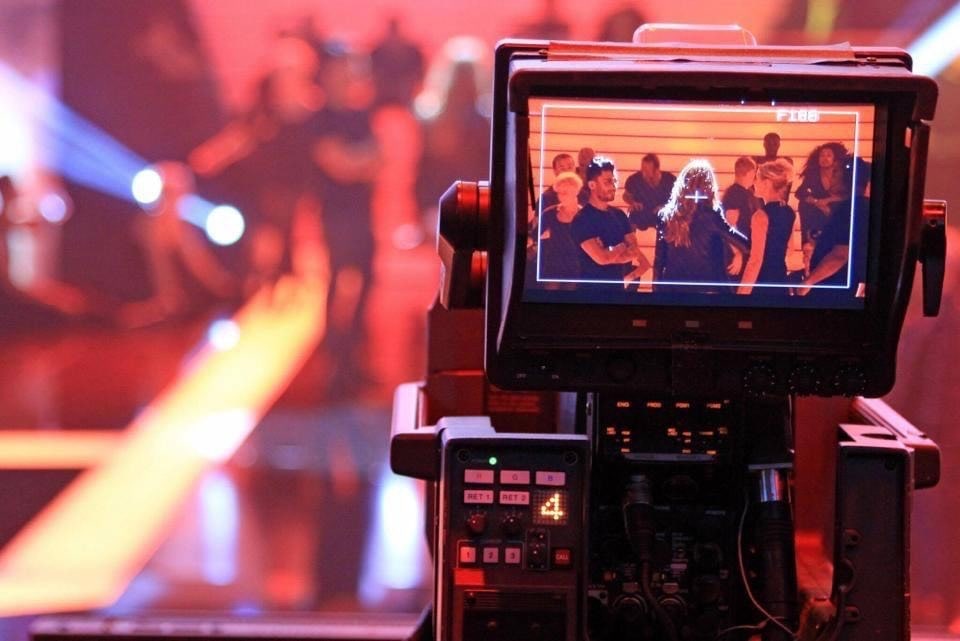
2. Character
Building character. While performing for that large live audience, most times there won’t be much opportunity for intricacies in your character. You may only get a one-word prompt per song. Maybe it’s “joyful,” “sexy,” or “quirky.” Maybe you have a dance partner and have to create chemistry with them. Or maybe there’s no prompt at all and the choreographer just needs you to execute the steps flawlessly. Whatever the intention is, it’s important to really dive into it and take it to the next level. It has to read on a big stage and be easy to understand for the audience. It’s almost always better to do too much than too little. It’ll be easier for the choreographer to scale it back than to try to pull it out of the dancer who’s not doing enough.
Now on TV and film, the character we’re portraying could be a bit more intricate. Ask questions: what’s the piece about, where are we in the story, what era are we in? If it’s a period piece, think about how people used to carry themselves back then. Establish the age of your character. You’d perform the same choreography differently as a teenager at a school dance vs an adult guest at a wedding party. Think of your relationship to other characters in the scene. All this will help your acting match the story. It may very well help you land the job in an audition or get a lot of screen time in the final cut (and secure those residuals!).
3. Execution
Now that we’ve touched on managing energy and building character, let’s talk about execution of the actual steps. I think the important difference between TV/film and live stage are two things: size and intensity.
On an arena or stadium stage, both of these will almost always need to be as large as possible. You want to make sure those people in the far back can experience your performance just as well as those in the front row.
In the on-screen work, however, this can vary. Some scenes and camera work may require you to stay subtle, delicate and detailed, which, when filmed correctly, can be very powerful. Others may call for big, explosive execution. This will even often vary from one take to another within the same scene. While doing different takes, you should keep in mind what angle and type of shot is being filmed before you perform. Is it a close up, medium, wide, overhead, or a drone shot? Maybe it’s just the faces being captured, or maybe it’s the feet. Knowing this will allow you to put all your attention to exactly what matters and adjust size and intensity accordingly. That’s a kind of luxury you don’t have while performing live on stage.
Another important thing to keep in mind for camera performance is to always keep all details exactly the same. This will show you are a true professional. It’ll help with continuity when the performance is being assembled from all different takes during the editing process. You will repeat the same choreography many times throughout the day and you want to keep your choices cohesive. You never know which moments will make the final cut.
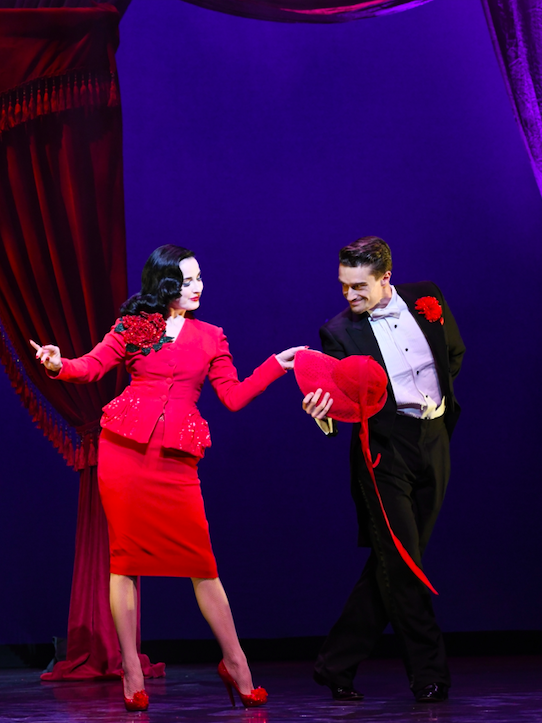
AFTER THE FACT – WAS IT WORTH IT
Performing on camera and on live stage can be two very different experiences.
When you set foot on that theater, arena or stadium stage, know that you’re about to experience something special that will never happen again – or not in the same way, at least. Being a live entertainer, you get to create moments that can never be replicated. Even if it’s a tour and you repeat that same show every night, it’ll never really be exactly the same. You also get to establish this special, personal connection with the audience, taking them on a journey with you in real time. This may be one of the most fulfilling things for a performer.
On the other hand, working on camera you’ll likely have more room to build character, tell an intricate story and create a performance that will stay alive forever. Performing on screen, you can become a part of something that’ll entertain and deeply affect audiences for years to come. While the process of a shoot day can be more tedious and sometimes less exciting than a live show, it’ll give you a tangible, high quality final product (a music video, dance scene in a movie, etc.) that you can go back to, remember and enjoy for the rest of your life.
Some dancers spend most of their professional life on stage, others in front of the camera. There are also the ones that enjoy both equally. Hopefully being able to dissect these sometimes subtle but important differences can be helpful on your journey as a performer, no matter where it takes you.
(And since we’re here, follow TMilly TV and TMilly Studio on Instagram too!)

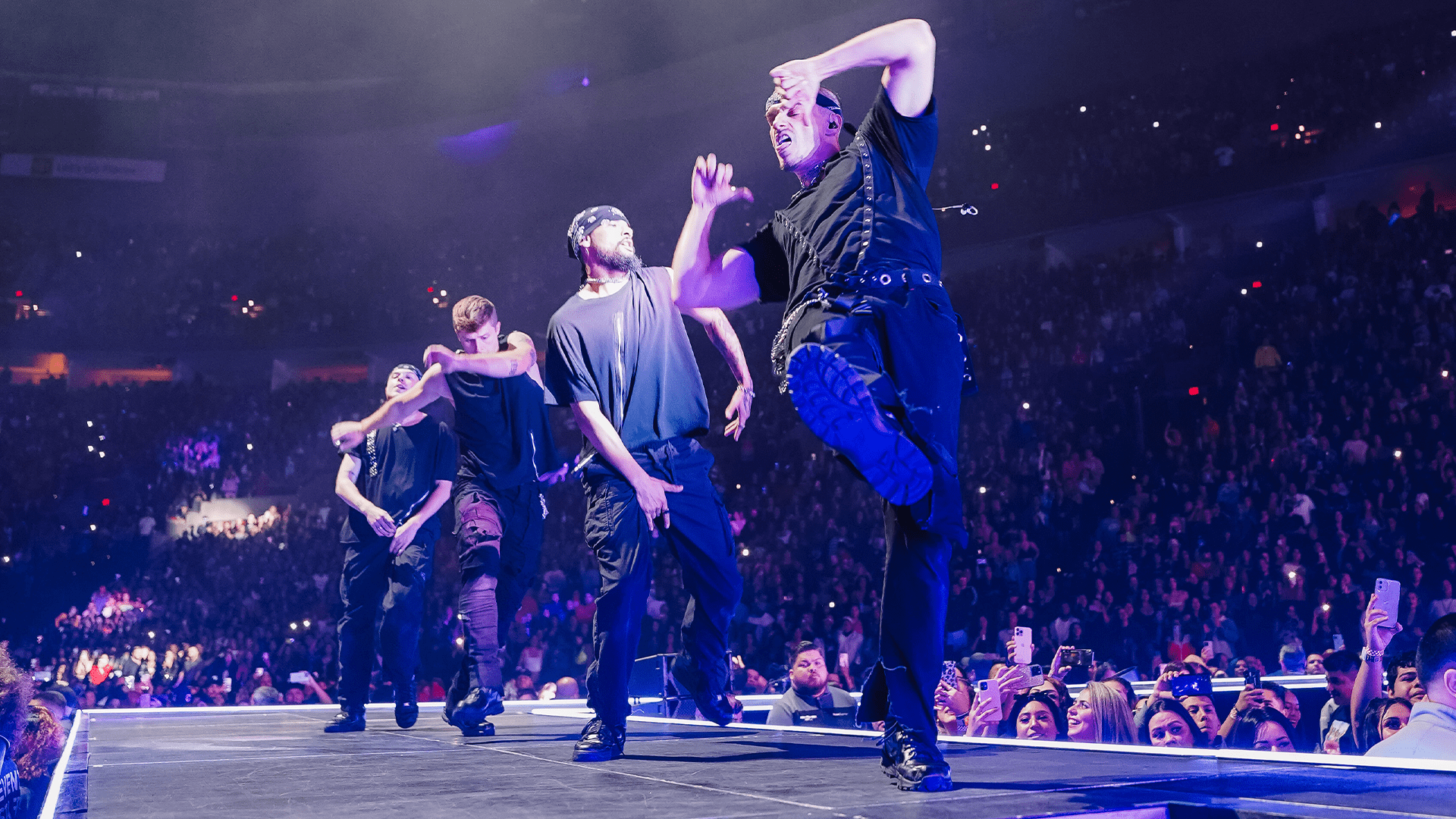
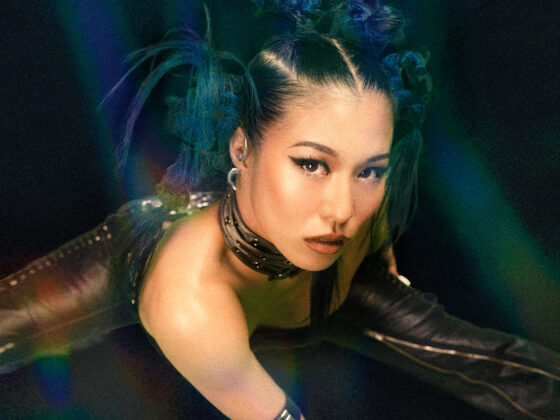
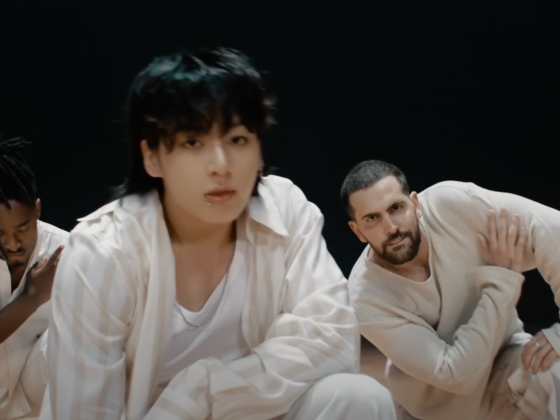
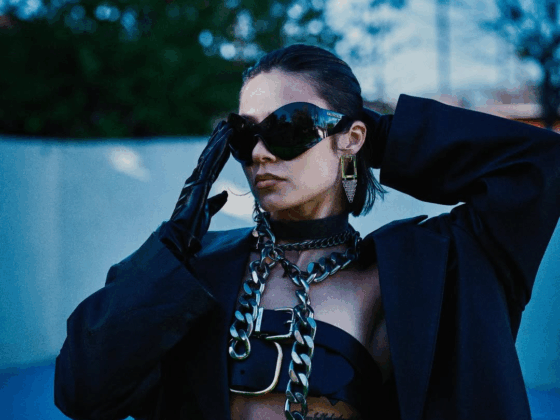
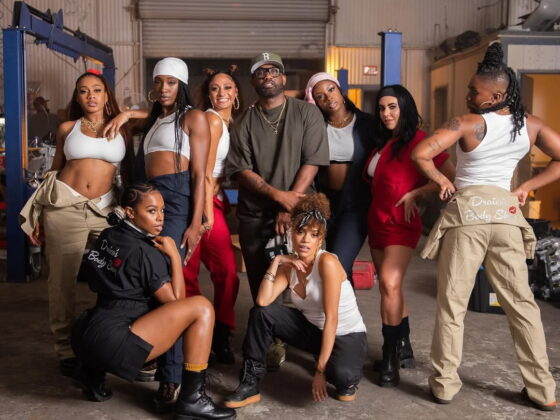
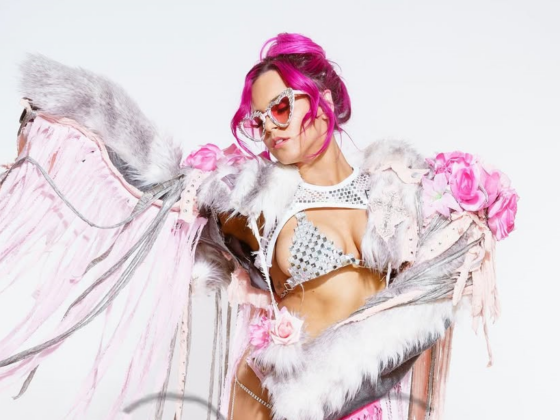
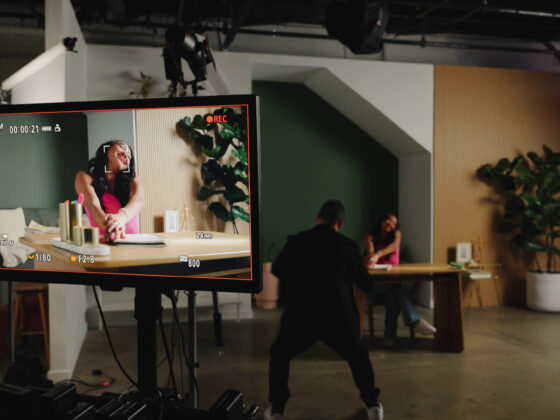
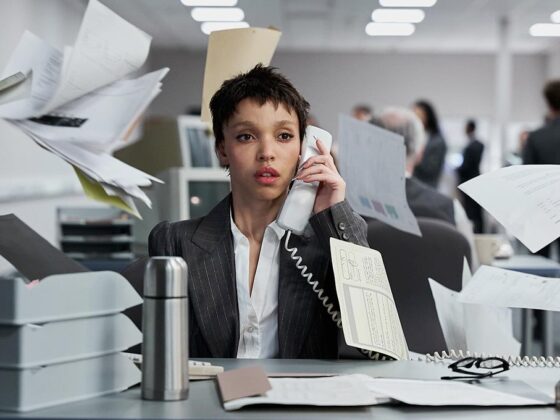
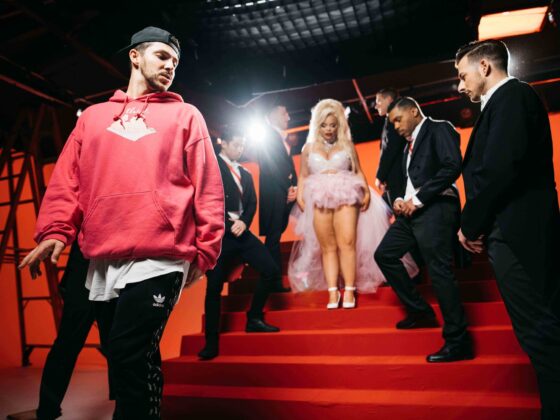
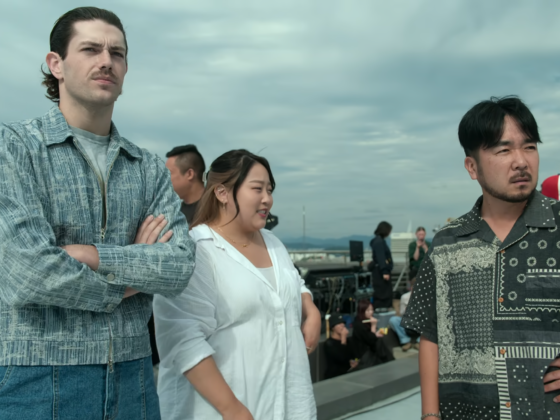
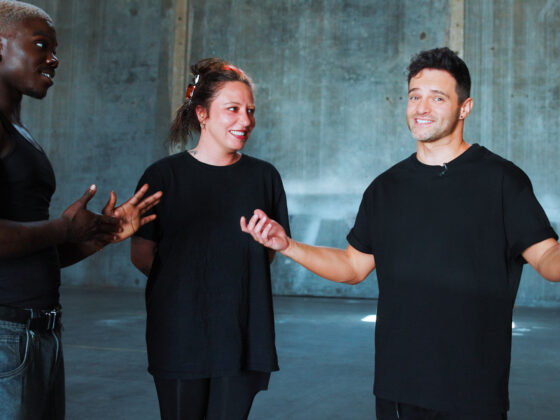
1 comment
Great read! Very informative!